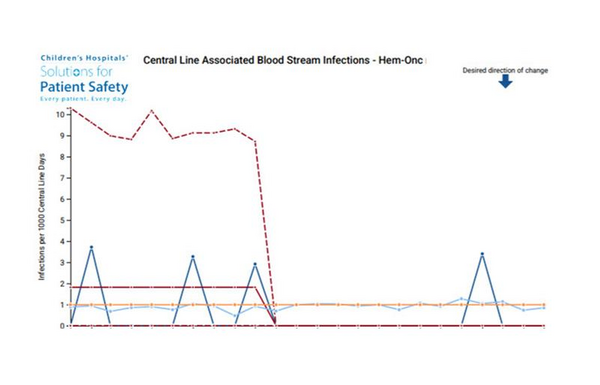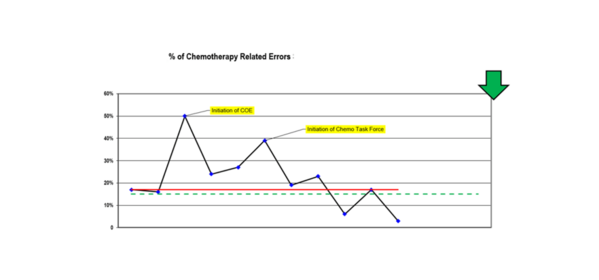Cancer & Blood Disorders Quality Improvements
Akron Children’s is committed to maintaining and improving the quality and safety of our care. We collaborate with other groups, accrediting bodies and pediatric hospitals on quality improvement initiatives to create and maintain the highest standards of pediatric care.
The Division of Hematology-Oncology has had an active quality improvement committee since 2006. The team, which meets monthly, includes a dozen staff members from various disciplines. Here is a summary of the current projects.

















